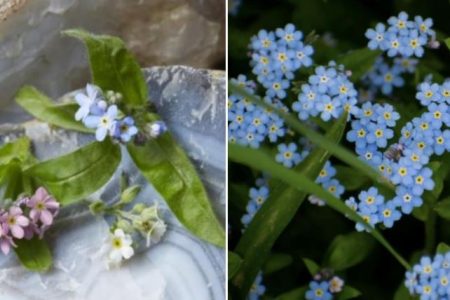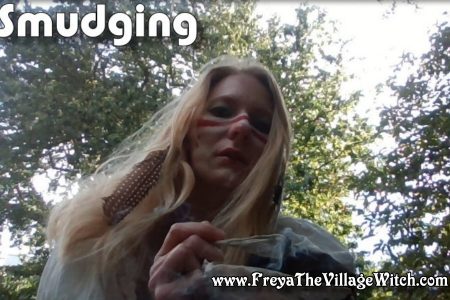Forget-me-not / Myosotis Arvensis
This is a sweet small blue flower, from the plant family Boraginaceae.
There are many species of Forget-me-not, growing in Europe, Asia, Africa and Australia. Loving damp moist soil usually found in woodlands or by rivers.
The name Myosotis comes from the Greek meaning mouse’s ear.
According to Greek Mythology, Zeus thought he had names every plant when a small blue flower called to him Forget-me-not. He then used this name for the pretty blue flower.
In fairylore it is said to mark the place where fairies buried their treasure, but also can be used by the fairies as a decoy.
Symbolising true, never-ending love and fidelity, also representing truthfulness in a relationship.
In folklore this flower has been worn in the absence of a lover to show fidelity.
It is said a man was swept away picking some from a riverbank for his lover. His last words carried on the breeze “forget me not”
Native to North America and 1st known to be used in homeopathy in 1398 in England to treat King Henry IV.
Used today in homeopathy to treat cough with night sweats, chronic bronchitis, and inner chest and lung infections.
The herbalist Henry Lyte 1529-1607, uses the name scorpion-grass when referring to the forget me not.
This can only be used in homeopathy as a tincher as the plant is toxic and highly poisonous if ingested in any other way.
Lots of love Freya Witch x

